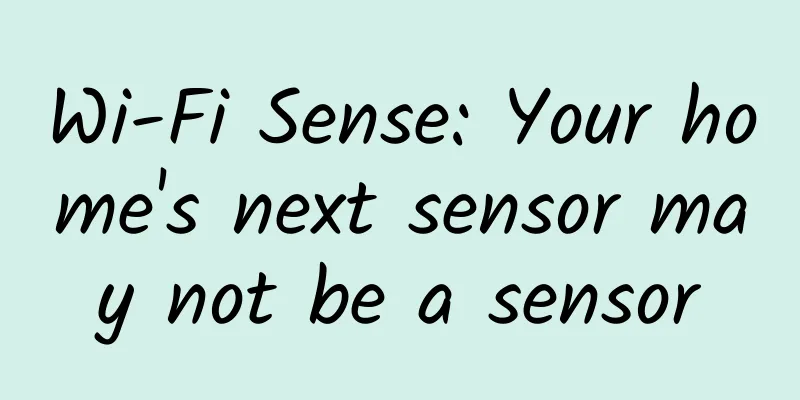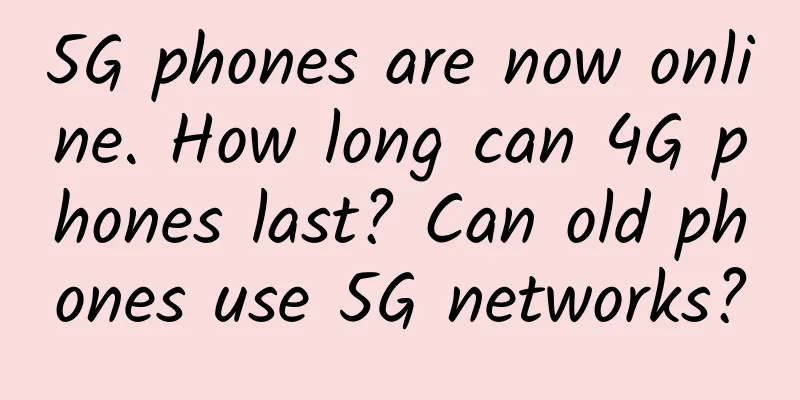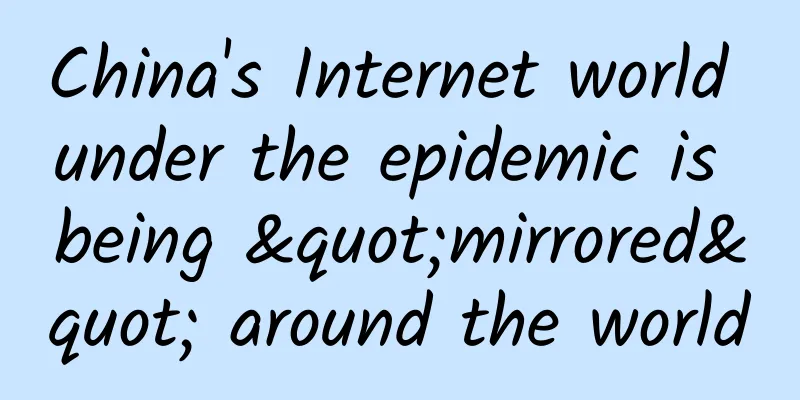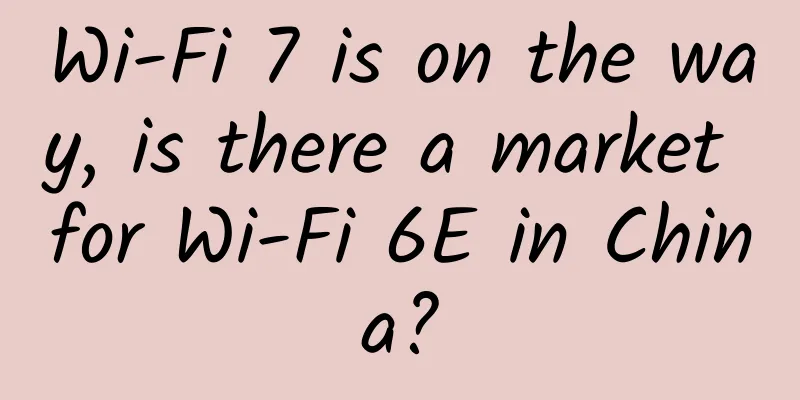Faster network/lower latency Wi-Fi 6E is released: stronger than Wi-Fi 6

|
As 5G technology develops rapidly, Wi-Fi technology has also ushered in innovation. Now, Wi-Fi 6E has emerged based on Wi-Fi 6, which has not yet been fully popularized. This seems to prove that advanced technology is being held back by people's needs. What is the difference between Wi-Fi 6 and 6E? Wi-Fi 6E is the result of an application by technology companies in the Wi-Fi Alliance, such as Apple, Microsoft, and Google, to the U.S. Federal Communications Commission (FCC) to civilianize the 6GHz frequency band in the hands of the U.S. military. Compared to Wi-Fi 6, it brings a new 6GHz band, accommodating 14 additional 80MHz channels and 7 additional 160MHz channels. It will bring faster network speeds and lower latency than Wi-Fi 6.
Demand determines the popularity of technology applications In fact, the benefits of the latest wireless network technologies such as Wi-Fi 6 are obvious. Just like 5G communication technology, it can take people's network experience to the next level. But the cost is also high, such as the need to update existing wireless transmission equipment and the increase in power consumption of the corresponding Wi-Fi module. But compared with these technical problems, the more embarrassing problem is that people currently have no rigid demand for this gigabit-level wireless network. It can only bring a taste of it to a small number of people. What needs hold back technology? In fact, there are many technologies that are in the same awkward situation as Wi-Fi 6. Advanced technologies such as VR/AR and 3D printing, which were popular five years ago, actually have a foundation for implementation. Unfortunately, neither consumers nor businesses have found a hungry market to popularize them. VR glasses were once claimed to provide people with an immersive experience, but now, after searching the entire Internet, only a few old models of glasses are still on sale, and a few software that are no longer updated. This is not only due to the performance limitations of mobile devices, but also because the cost of producing related adaptation resources is high. Therefore, it did not become popular after a short period of hype. 3D printers, which were promoted as being able to print anything in Industrial Revolution 4.0, are currently only sold on the market for general practical applications such as printing mobile phone cases and small pendants due to material and time limitations.
Which technologies have not been left behind? On the other hand, there are also positive cases in the matter of network technology. For example, when the previous 2G network was upgraded to 3G network, it was because people had new demands for traditional text information transmission. People began to send and receive MMS, photos, and music, which made the faster 3G network come in handy. In the 4G era, due to the demand for video transmission, 4G technology has a demand application space, and has also given rise to the explosion of video self-media, video websites and short videos. However, with the current 5G, there is still no application scenario that everyone needs. Although the technology is good, after implementation it only increases the network speed and reduces the latency. For 90% of people, it only reduces the loading time of videos by one or two seconds and speeds up some downloads, but this is not enough to drive people to spend more money to replace new 5G mobile phones and tariff plans. Conclusion Whether it is Wi-Fi 6, 6E, 6F, or 6G, if people do not have enough demand for it, its market value cannot be realized. Back to 6E, if 6E is used, Wi-Fi 6 will be obsolete before it starts to build an ecosystem and become popular. Did we invent a technology just to make it obsolete?
|
<<: Demand is holding back technology. WiFi6 is not yet popular. 6E is coming.
>>: China Radio and Television faces three major challenges on its 5G journey
Recommend
"Cyber thieves" are rampant and explore the black production chain of information data
[[181007]] Many practitioners said that the behav...
Megalayer September promotion: Hong Kong dual E5 server from 399 yuan/month, Hong Kong 20G high-defense server from 499 yuan/month
Megalayer has launched its September event, offer...
Http code: What does 304 mean? How much do you know?
picture 1. http code 304 Not Modified The HTTP st...
Edge Network Speed Requirements
In the previous article, we mentioned how to surv...
Ministry of Industry and Information Technology: The number of cellular IoT terminal users of the three major operators has reached 1.306 billion
Recently, the Ministry of Industry and Informatio...
Huawei's "Knowledge Conference 2020" is about to kick off, let's join the carnival party for "knowledgeable people"!
Where the will goes, there is a way; not even the...
2022 Gartner Online Fraud Market Guide Report is officially released, Ruishu Information is once again selected as a representative manufacturer
In December 2022, Gartner®, a global authoritativ...
There is a 1024-bit bug. The TCP data packets are so annoying!
1. Background Recently, I encountered a particula...
VULTR: KVM in 25 data centers around the world starting at $2.5 per month (supports hourly billing), $50 for new users
It has been more than 6 months since I last share...
Data Center Strategic Evolution
With the advent of cloud computing, many industry...
Exclusive reveal! How 5G can help secure large-scale events
The wonderful opening ceremony of the 2022 Beijin...
Contabo: €2.99/month KVM-4GB/100G SSD/16TB/Germany, the United States, Japan and other data centers
Contabo, a long-established German hosting compan...
NetEngine series intelligent routers help enterprises build safe and reliable production networks
[Shenzhen, China, November 8, 2022] At the "...
Extremely simple operation! IIS site migration can be achieved in 3 minutes
To achieve load balancing or server migration, we...
5G leads the new infrastructure, and network construction is ahead - Analysis of my country's 5G network construction
2020 is a critical year for the large-scale const...









